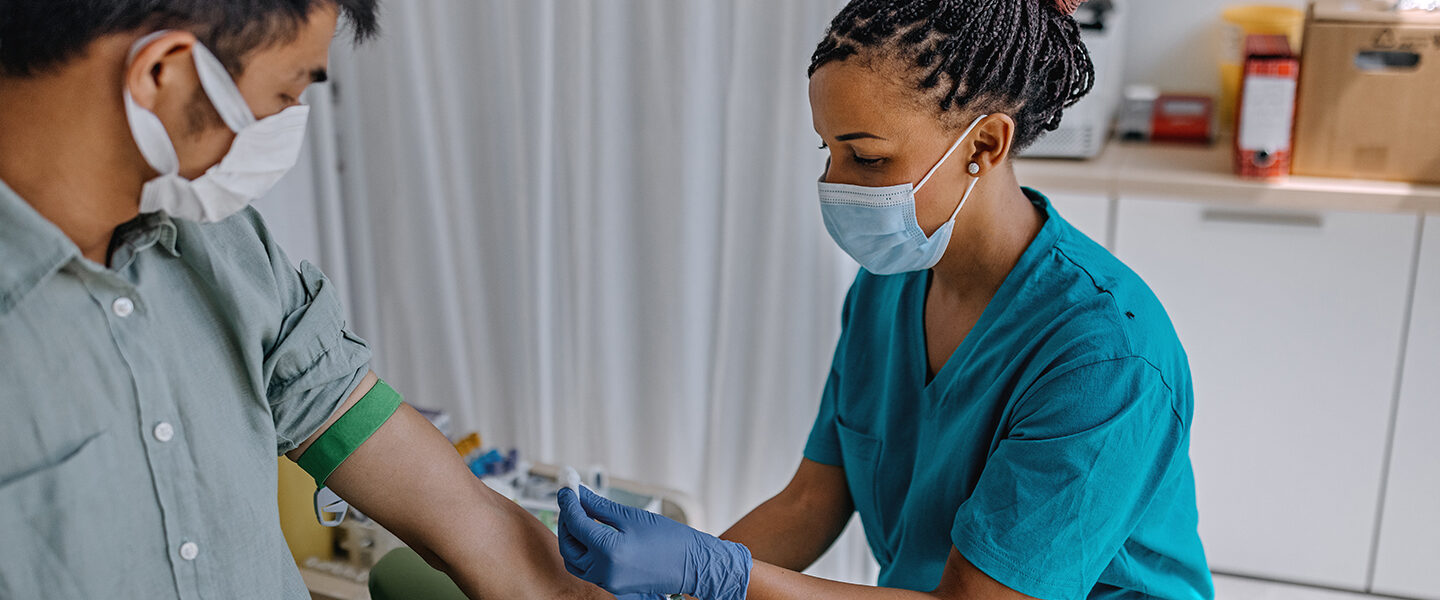The smart Trick of Northeast Medical Institute - New Haven Campus Phlebotomy Course & Cna Class That Nobody is Talking About
The smart Trick of Northeast Medical Institute - New Haven Campus Phlebotomy Course & Cna Class That Nobody is Talking About
Blog Article
The Greatest Guide To Northeast Medical Institute - New Haven Campus Phlebotomy Course & Cna Class
Table of ContentsHow Northeast Medical Institute - New Haven Campus Phlebotomy Course & Cna Class can Save You Time, Stress, and Money.Northeast Medical Institute - New Haven Campus Phlebotomy Course & Cna Class Fundamentals ExplainedThe Ultimate Guide To Northeast Medical Institute - New Haven Campus Phlebotomy Course & Cna Class9 Easy Facts About Northeast Medical Institute - New Haven Campus Phlebotomy Course & Cna Class ExplainedExamine This Report on Northeast Medical Institute - New Haven Campus Phlebotomy Course & Cna ClassNortheast Medical Institute - New Haven Campus Phlebotomy Course & Cna Class Fundamentals Explained
However, making use of such gadgets must be gone along with by various other infection prevention and control methods, and training in their usage. Not all safety gadgets are relevant to phlebotomy. Prior to selecting a safety-engineered gadget, users ought to thoroughly investigate readily available devices to identify their appropriate use, compatibility with existing phlebotomy techniques, and efficiency in securing personnel and clients (12, 33).For settings with low resources, cost is a driving variable in procurement of safety-engineered devices. Where safety-engineered devices are not readily available, competent usage of a needle and syringe is acceptable.
labelling); transport problems; interpretation of results for medical administration. In an outpatient division or clinic, provide a dedicated phlebotomy work area containing: a tidy surface area with 2 chairs (one for the phlebotomist and the other for the person); a hand laundry container with soap, running water and paper towels; alcohol hand rub. In the blood-sampling area for an outpatient division or center, supply a comfy reclining sofa with an arm remainder.
Northeast Medical Institute - New Haven Campus Phlebotomy Course & Cna Class Things To Know Before You Get This
Guarantee that the indications for blood sampling are plainly specified, either in a written method or in recorded guidelines (e.g. in a research laboratory form). Collect all the devices required for the treatment and place it within secure and simple reach on a tray or cart, ensuring that all the things are plainly noticeable.
Present on your own to the client, and ask the client to mention their complete name. Examine that the lab kind matches the individual's identity (i.e. match the patient's details with the research laboratory kind, to make certain accurate identification).
Make the client comfortable in a supine placement (when possible). Place a clean paper or towel under the person's arm. Discuss the examination to be performed (see Annex F) and get spoken approval. The person has a right to decline an examination at any kind of time before the blood tasting, so it is necessary to make certain that the patient has actually understood the treatment.
An Unbiased View of Northeast Medical Institute - New Haven Campus Phlebotomy Course & Cna Class
Prolong the individual's arm and check the antecubital fossa or lower arm. Situate a capillary of a great dimension that shows up, straight and clear. The layout in Area 2.3, shows typical positions of the vessels, but numerous variations are feasible. The mean cubital vein exists in between muscles and is normally one of the most simple to penetrate.
DO NOT insert the needle where capillaries are drawing away, because this increases the possibility of a haematoma. The blood vessel needs to be visible without applying the tourniquet. Finding the blood vessel will certainly aid in identifying the appropriate size of needle. Use the tourniquet about 45 finger sizes above the venepuncture site and re-examine the capillary.
Samplings from central lines lug a threat of contamination or incorrect laboratory examination results. It is acceptable, but not excellent, to attract blood samplings when first presenting an in-dwelling venous tool, prior to connecting the cannula to the intravenous fluids.
Northeast Medical Institute - New Haven Campus Phlebotomy Course & Cna Class Things To Know Before You Get This
Failure to allow sufficient contact time raises the risk of contamination. DO NOT touch the cleansed website; in specific, DO NOT place a finger over the vein to direct the shaft of the revealed needle.
Ask the client to form a hand so the blood vessels are much more prominent. Go into the capillary swiftly at a 30 level angle or less, and continue to present the needle along the capillary at the simplest angle of entrance - PCT Courses. As soon as sufficient blood has actually been collected, release the tourniquet prior to taking out the needle
Unknown Facts About Northeast Medical Institute - New Haven Campus Phlebotomy Course & Cna Class
Take out the needle gently and use mild stress to the site with a clean gauze or dry cotton-wool ball. Ask the individual to hold the gauze or cotton woollen in position, with the arm expanded and raised. Ask the More hints person NOT to bend the arm, because doing so creates a haematoma.

The Greatest Guide To Northeast Medical Institute - New Haven Campus Phlebotomy Course & Cna Class
Where feasible, maintain the tubes in a shelf and relocate the rack in the direction of you - https://sitereport.netcraft.com/?url=https://northeastmedicalinstitute.com. If the sample tube does not have a rubber stopper, inject incredibly slowly right into the tube as minimizing the pressure and rate utilized to move the sampling decreases the danger of haemolysis.

Report this page